Pipe routing is an engineering technique applied for selecting a proper piping layout fulfilling code and standard requirements, economic considerations, and most importantly safety. It is the responsibility of piping designers and piping design or piping layout engineers to design the most economic and safe piping route considering all the engineering requirements.
Pipe routing is one of the most complex activities and the core of piping engineering for oil & gas, chemical, and power piping plants. While pipe routing the piping engineer has to comply with various engineering requirements like process requirements, accessibility, safety, constructability, maintenance, and operational requirements. To comply with all such engineering requirements and develop a techno-economical, safe, and cost-effective pipe routing the piping professional must be able to manage the following four major piping components:
- Pipe and Pipe Fittings
- Valves
- Pipe Support wires
- Instruments
Skills Required for Designing a Good Pipe Routing
To develop an economic and safe pipe routing, the responsible piping design engineer should possess the following skills:
Input Reading and Interpreting Skills: The piping design engineer must be competent in reading and understanding P&IDs, Piping Material Specifications, Project Specifications, Engineering guidelines, Code and Standard requirements, Equipment GA drawings, and any other design requirements.
3D and 2D software skills: the piping designer must be efficient to handle the 2D and 3D software.
Piping Skills: The concerned engineer or designer must be conversant with pipes and fittings, instrument items, valves, other inline items, piping supports, Piping Support Spans, and other piping accessories to build a good piping design.
Pipe Routing Concepts
Pipe routing is not a single activity. While doing pipe routing, the engineer must do the support placement and support selection. Without support placement or without deciding the pipe support locations if a pipe layout is decided there is no meaning of that pipe routing. The piping designer must decide on the first support location and then based on the pipe support span decide on the other support locations. If there is a group of lines running together over the same structures then usually the smallest large bore pipe is decided as the basis for support locations.
The usual parameters that must be considered for finalizing the pipe routing of the industrial piping to make it techno-economic and safe are
- Simple and Straight routing as much as possible.
- Grouping lines together to reduce the number of structures required for pipe support.
- Minimize fitting to reduce cost.
- Provide sufficient flexibility (as per pipe stress analysis recommendation for critical lines).
- Space optimization.
- Considering and optimizing expansion loop requirements. Avoid unnecessary piping expansion loops.
- Headroom clearance, proper accessibility of valves, and other engineering items.
- Bridge crossing clearance.
- Road crossing clearance.
- Keeping provision for future piping.
- Optimizing pipe spacing or gaps between pipes
- Considering operational and maintenance space requirements
- Clash checking considering the worst thermal movements of pipes.


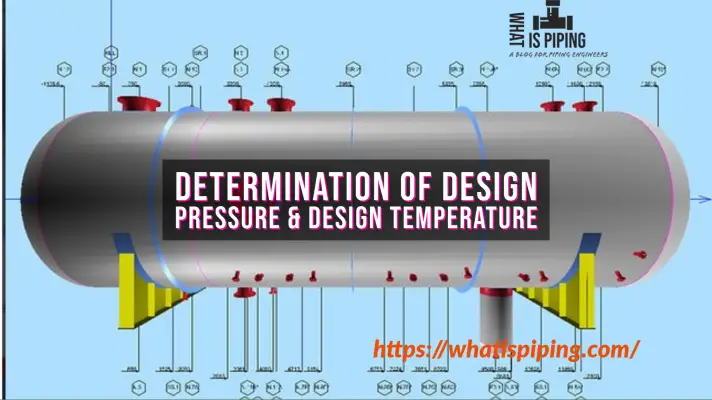
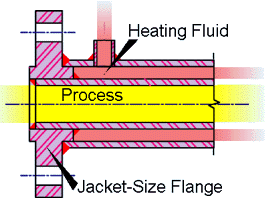
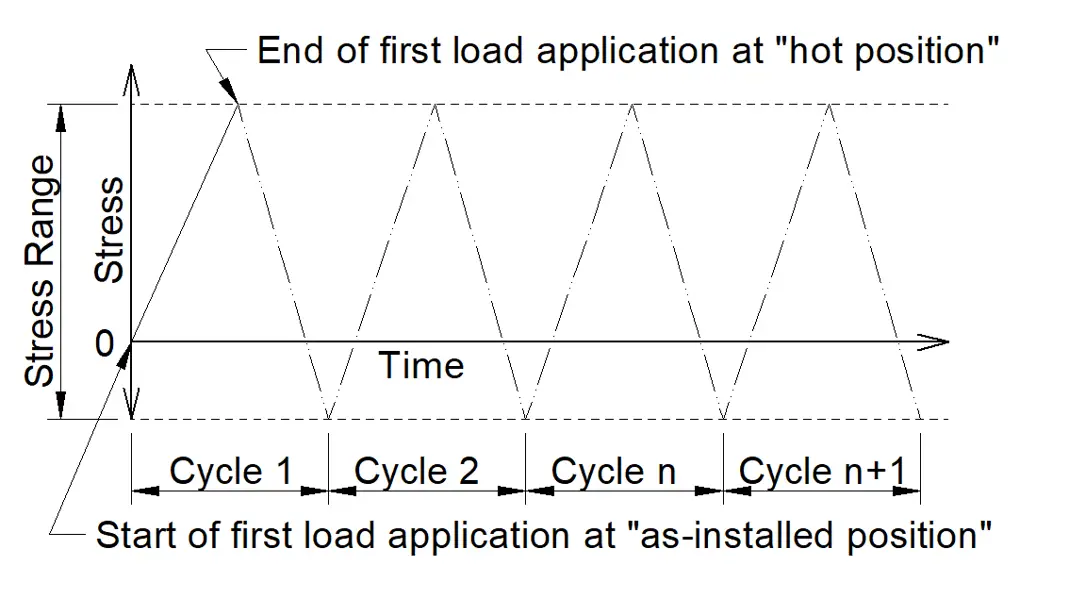

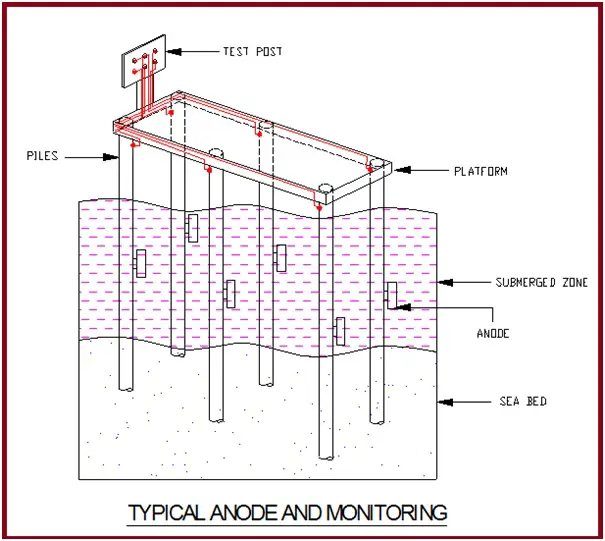
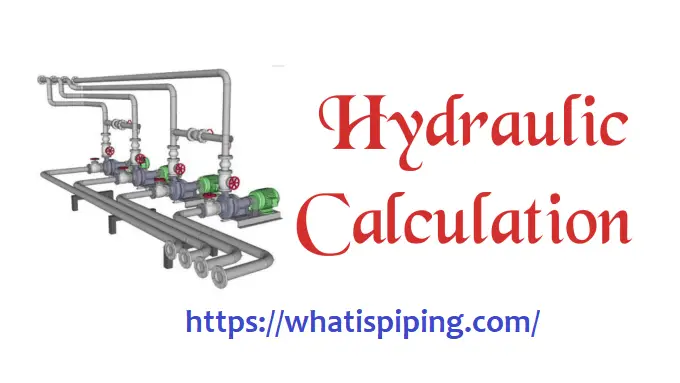

It is very helpful to me as I am learning piping design software PDMS and thank you Sir
Sir i am a fresher piping designer would u help me
Very good post. Thanks
I am looking for API RP 2009. Could you kindly share?
How to maximize the information in the Pipe Material Specification & Line List for 3D Modeling?
Why don’t piping engineer provide all the relevant information like line routing, support fixing, free draining, no pockets, drain / vent in the line list itself for the ease in preparation of model review.
Please share your email also.